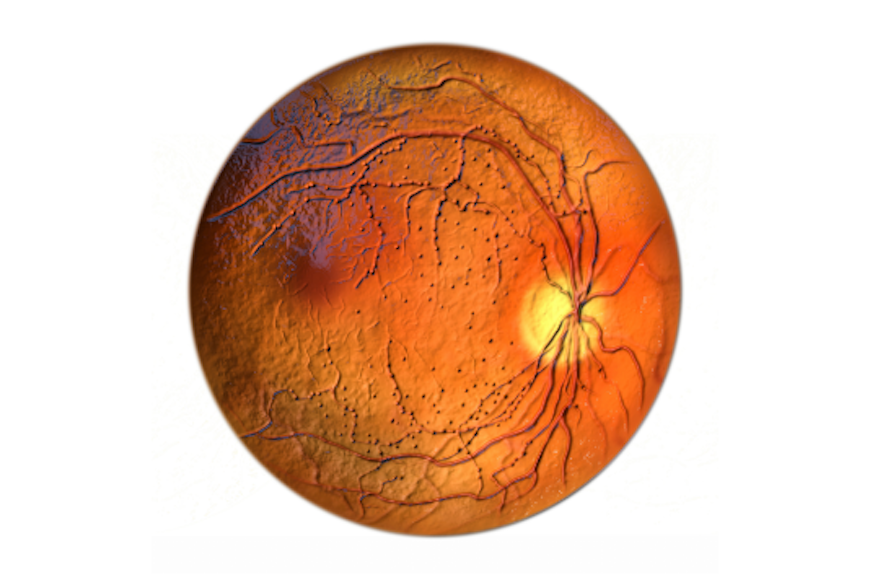What Is a Fluorescein Angiography?
A fluorescein angiography is a medical procedure in which a fluorescent dye is injected into the bloodstream. The dye highlights the blood vessels in the back of the eye so they can be photographed.
This test is often used to manage eye disorders. Your doctor may order it to confirm a diagnosis, determine an appropriate treatment, or monitor the condition of the vessels in the back of your eye.


Preparation for the Test
You’ll need to arrange for someone to pick you up and drive you home since your pupils will be dilated for up to 12 hours after the test.
Be sure to tell your doctor before the test about any prescriptions, over-the-counter drugs, and herbal supplements you’re taking. You should also tell your doctor if you’re allergic to iodine.
If you wear contact lenses, you’ll need to take them out before the test.
How Is the test administered?
Your doctor will perform the test by inserting standard dilation eye drops into your eyes. These make your pupils dilate. They’ll then ask you to rest your chin and forehead against the camera’s supports so that your head remains still throughout the test.
Your doctor will then use the camera to take many pictures of your inner eye. Once your doctor has completed the first batch of pictures, they’ll give you a small injection into a vein in your arm. This injection contains a dye called fluorescein. Your doctor will then continue to take pictures as the fluorescein moves through the blood vessels into your retina.

What Are the Risks of the Test?
The most common reaction is nausea and vomiting. You could also experience dry mouth or increased salivation, increased heart rate, and sneezing. In rare cases, you may have a serious allergic reaction, which can include the following:
- Swelling of the larynx
- Hives
- Difficulty breathing
- Fainting
- Cardiac arrest
If you’re pregnant or think you may be, you should avoid having a fluorescein angiography. The risks to an unborn foetus are not known.
Understanding the Results
Normal Results
If your eye is healthy, the blood vessels will have normal shape and size. There will be no blockages or leaks in the vessels.
Abnormal Results
Abnormal results will reveal a leak or blockage in the blood vessels. This may be due to:
- A circulatory problem
- Cancer
- Diabetic retinopathy
- Macular degeneration
- High blood pressure
- A tumour
- Enlarged capillaries in the retina
- Swelling of the optic disc
What to expect after the test
Your pupils can remain dilated for up to 12 hours after the test is performed. The fluorescein dye may also cause your urine to be darker and orange for a few days.
Your doctor may have to order more lab tests and physical exams before they’re able to give you a diagnosis.

